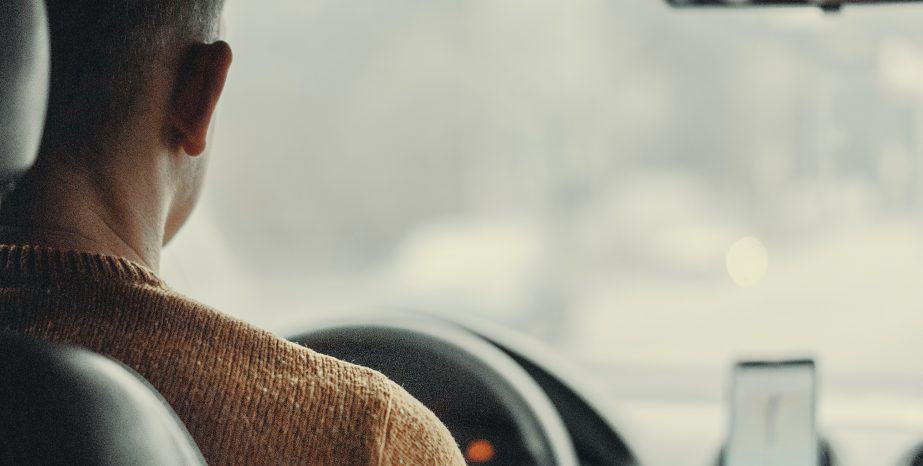8730 Wilshire Boulevard, California 90211
Get Help Now
8730 Wilshire Boulevard, California 90211
Get Help Now

With rising vaccination rates triggering demand surge in rideshare demand, companies like Uber and Lyft are struggling to meet the growing need. Many drivers left the platforms during the pandemic and have not returned, citing health and safety concerns or waiting for better compensation.
This driver shortage has prompted Uber to onboard new drivers quickly, potentially without rigorous screening or adequate training. The result? You might be picked up by a driver with minimal professional driving experience. These inexperienced drivers often rely heavily on GPS navigation, dividing their attention between the road and their screens, which could compromise passenger safety.
In California, Uber drivers are considered common carriers, which means they are held to a higher legal standard. They must exercise “the utmost care and diligence” to ensure passenger safety. This responsibility extends through every stage of the ride:
Additionally, drivers must exercise heightened caution while operating their vehicles. Hand-free devices, especially in unfamiliar areas, are essential to avoiding distracted driving. Over-reliance on GPS navigation or handling mobile devices during a trip could amount to negligence.
To seek compensation after an accident, victims must demonstrate driver negligence. Evidence often includes:
Such negligence places passengers at risk and could lead to substantial compensation claims in the event of an incident.
Although Uber drivers are technically independent contractors, companies like Uber may still be held liable under the legal principle of respondeat superior. This principle holds employers responsible for their employees’ actions while performing their duties.
Uber’s control over its drivers—such as setting fares, regulating routes, and enforcing performance standards—supports the argument that drivers are employees for liability purposes. Uber may also be held accountable for:
As Uber races to onboard more drivers, safety concerns are mounting. Drivers with less experience and training are more prone to errors, putting passengers at risk. Whether it’s distracted driving or unsafe drop-off points, the consequences can be severe.
You may be entitled to compensation if you’ve been involved in an accident or suffered harm due to an Uber driver’s negligence. For a free consultation with an experienced personal injury attorney in Los Angeles, contact the Law Offices of Eslamboly Hakim today. Don’t delay—there are strict time limits for filing claims.
Tag: